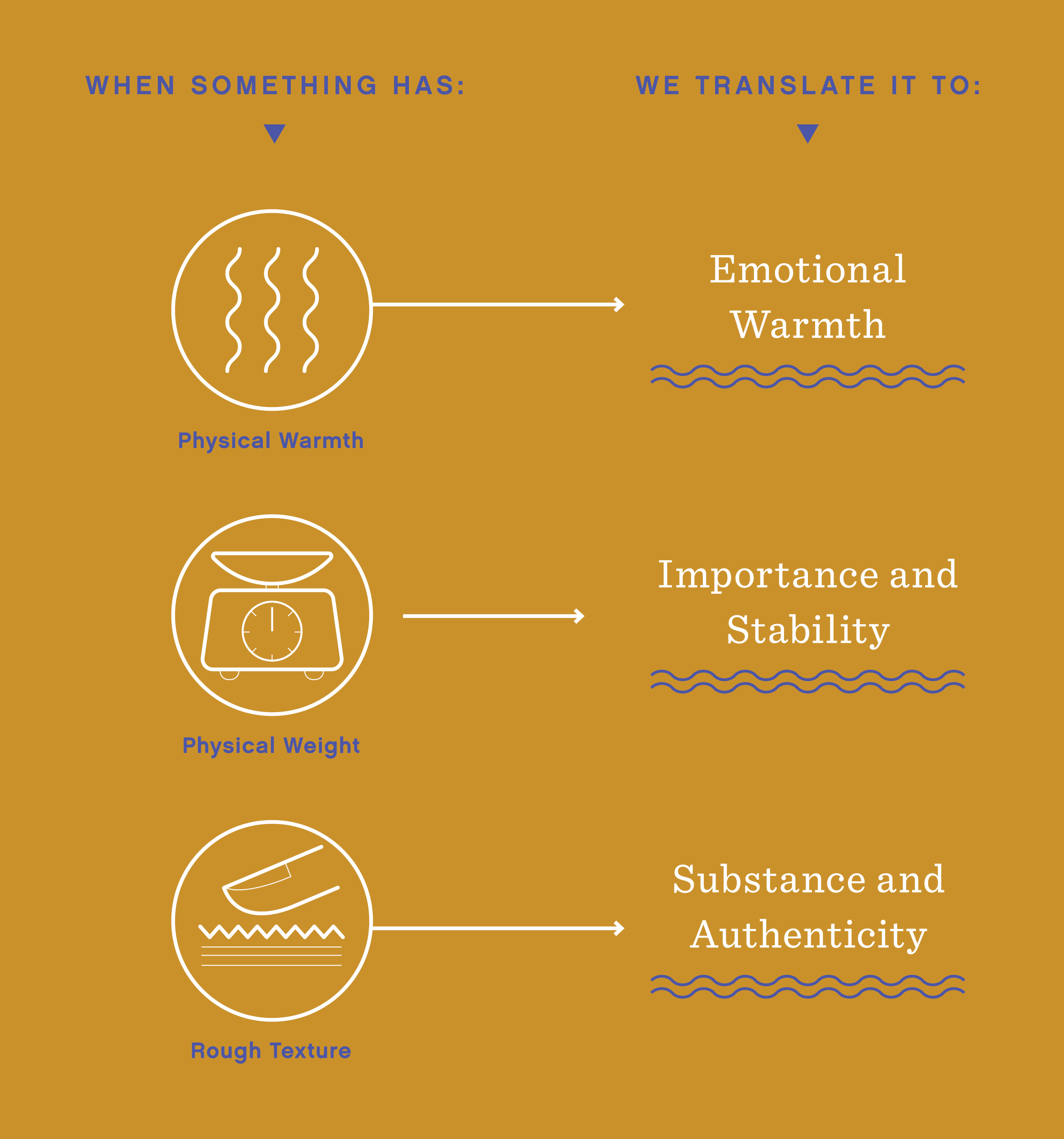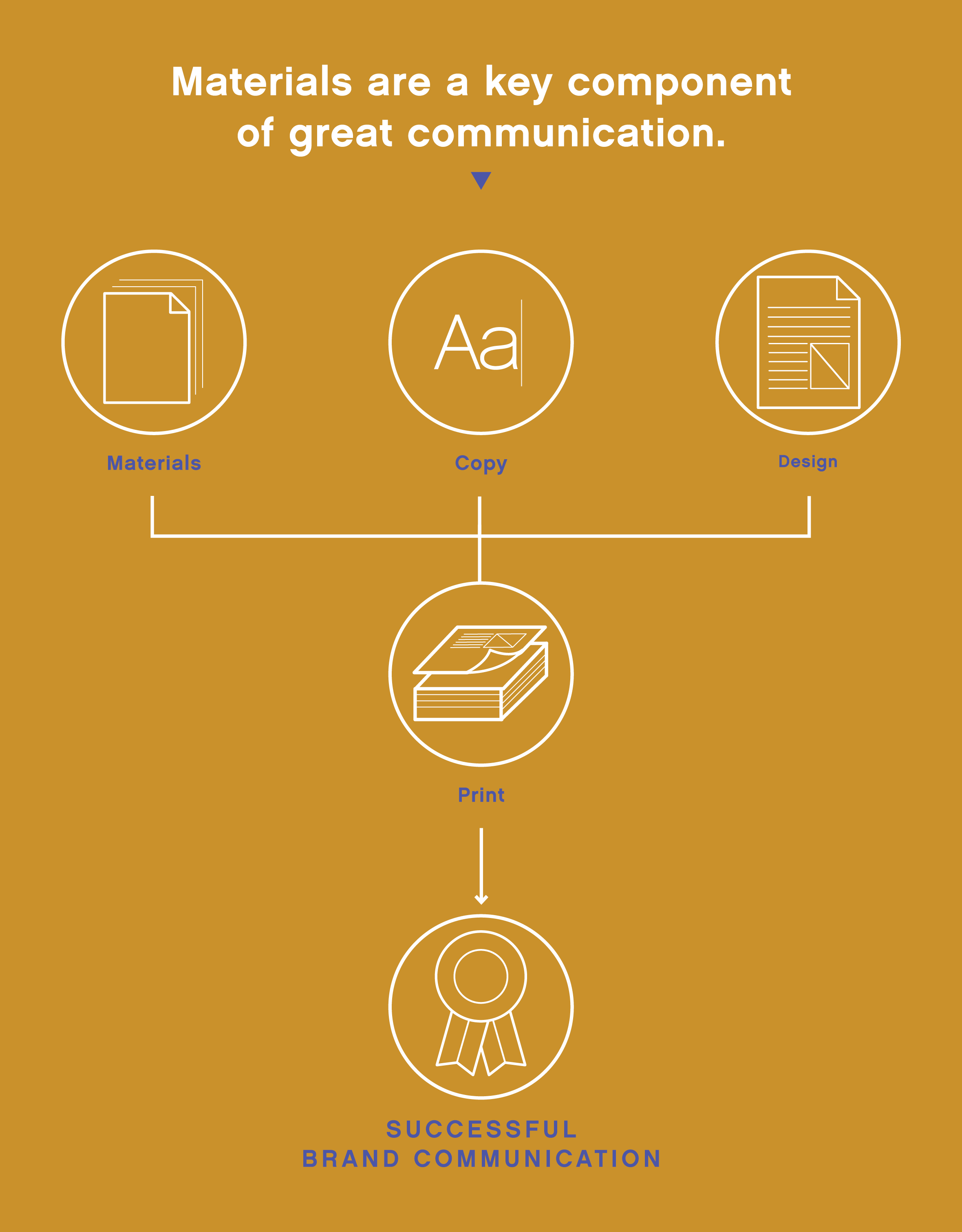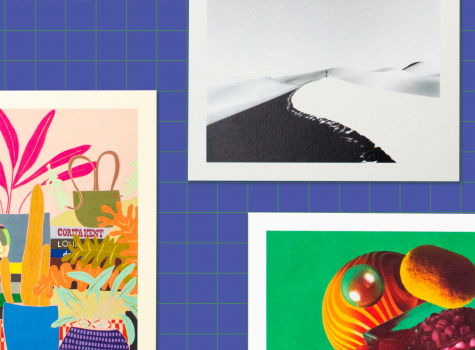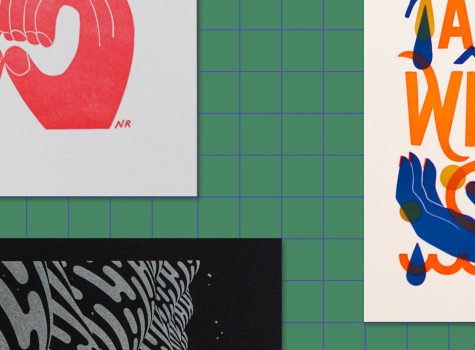Choosing the Right Paper and Print Process

Materials speak, materials communicate – are your materials on-message? The paper and process(es) you choose says a lot.
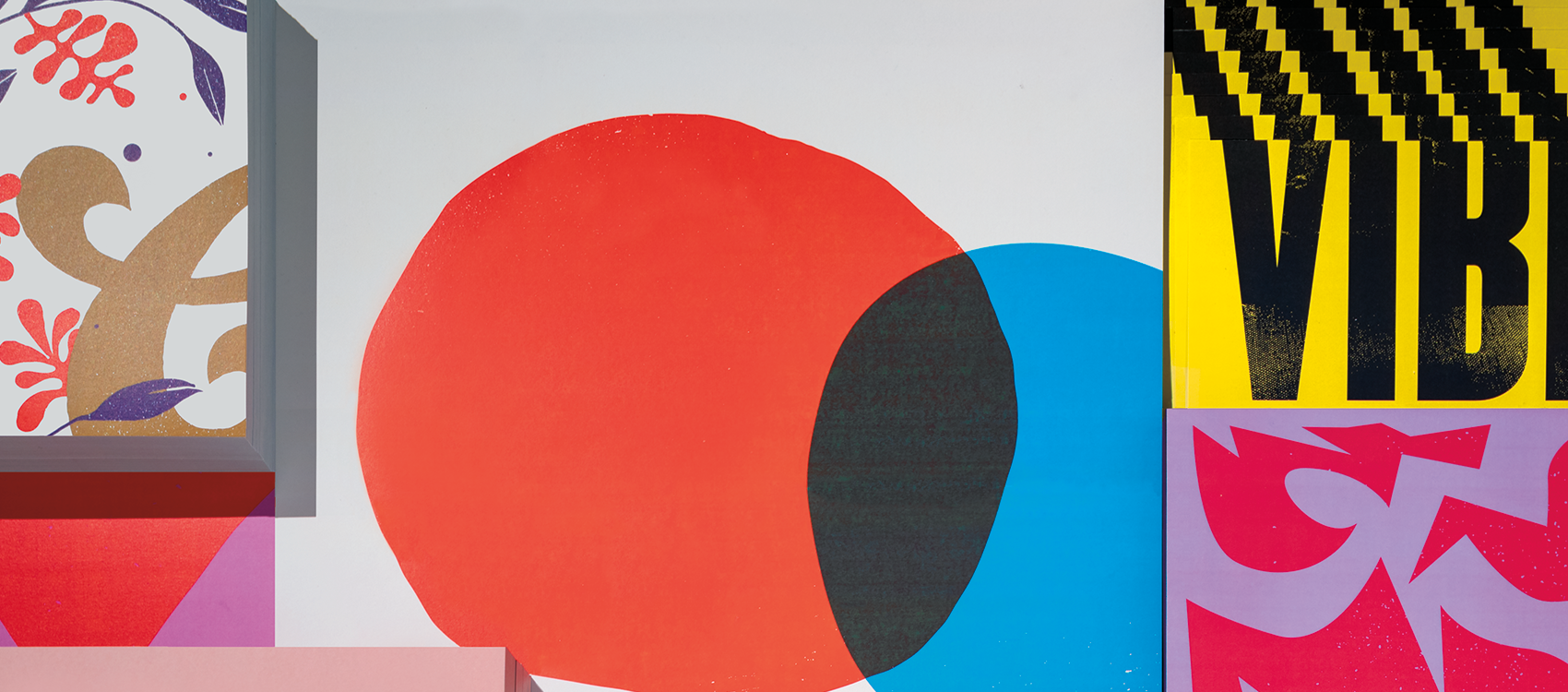


Suggested Articles
At a glance, Risograph and Superfine may seem like quite the odd couple.
Via + Digital might be the perfect expression of beauty and function in balance.
Crane’s Lettra fueled the rebirth of artisanal letterpress printing.




















